Description
Familiarity with treatment
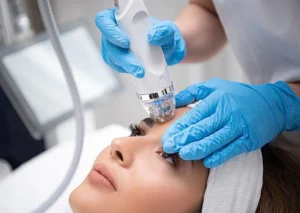 RF fractional treatment, also known as radiofrequency fractional treatment, is a non-surgical cosmetic procedure that uses radiofrequency energy to rejuvenate the skin by stimulating collagen production and tightening the tissues. The technique involves generating tiny micro-dermal wounds in the skin using heat energy delivered through a series of small pins. The placement of these pins is carefully controlled to ensure uniformity and precision in the treatment. By stimulating the body’s natural healing response and triggering the production of new collagen, RF fractional treatment can help improve the skin’s texture and tone, reduce the appearance of wrinkles and fine lines, and enhance the overall appearance of the skin. The procedure is minimally invasive and relatively painless, with little downtime needed for recovery. It is often used for facial rejuvenation, but can also be effective for treating other areas of the body that show signs of aging or damage.
RF fractional treatment, also known as radiofrequency fractional treatment, is a non-surgical cosmetic procedure that uses radiofrequency energy to rejuvenate the skin by stimulating collagen production and tightening the tissues. The technique involves generating tiny micro-dermal wounds in the skin using heat energy delivered through a series of small pins. The placement of these pins is carefully controlled to ensure uniformity and precision in the treatment. By stimulating the body’s natural healing response and triggering the production of new collagen, RF fractional treatment can help improve the skin’s texture and tone, reduce the appearance of wrinkles and fine lines, and enhance the overall appearance of the skin. The procedure is minimally invasive and relatively painless, with little downtime needed for recovery. It is often used for facial rejuvenation, but can also be effective for treating other areas of the body that show signs of aging or damage.Who is it suitable for?
RF fractional treatment is suitable for individuals who want to improve the appearance of their skin. It can be used to treat a variety of skin concerns, including fine lines and wrinkles, acne scars, sun damage, and uneven pigmentation. It is particularly effective for people with mild to moderate skin laxity, as it encourages collagen production and helps to tighten the skin.
Who is it not suitable for?
RF fractional technology is not suitable for individuals with certain medical conditions or skin conditions. Those with pacemakers or other electronic implanted devices should avoid RF fractional treatments as it may interfere with the functionality of these devices. People with active skin infections, skin diseases, open wounds, or sunburned skin should also avoid RF fractional treatments as it can cause further skin damage and possible infection. Additionally, individuals with a history of skin cancer, or who have previously had radiation therapy, should consult with their physician before undergoing RF fractional treatments. Pregnant or breastfeeding women should also avoid RF fractional treatments as the long-term effects of the treatment on fetal or infant health are unknown. It is always recommended that you consult with a qualified and experienced healthcare professional to determine if RF fractional technology is appropriate for your individual situation.
Advantages
Some advantages of RF fractional include:
- Reduced downtime: Compared to traditional laser treatments, RF fractional requires much less recovery time.
- Versatility: RF fractional can be used on all skin tones and types, making it a great option for patients with diverse backgrounds.
- Precision: RF fractional can target specific areas of the skin, which results in a more targeted treatment.
- Long-lasting results: With proper care and maintenance, the effects of RF fractional can last up to several years.
- Minimal discomfort: The procedure is generally well-tolerated, and topical anesthesia can be used to minimize any discomfort during treatment.
Overall, RF fractional is a safe and effective way to achieve smoother, firmer, and more youthful-looking skin without undergoing more invasive procedures.
Complications
While it is generally safe and effective, there are potential complications associated with the procedure.
One of the most common complications is temporary redness, swelling, and discomfort in the treated area. Patients may also experience itching, peeling, or blistering. In rare cases, RF fractional can cause scarring, darkening or lightening of the skin, or infection.
It is important to note that these complications are relatively uncommon, and most patients experience only mild side effects. However, it is important to discuss any concerns with a qualified healthcare provider before undergoing any cosmetic procedure. Patients should also follow all post-procedure care instructions and avoid sun exposure and other potential irritants in the days and weeks following the procedure.
Previous care
Before undergoing RF fractional treatment, it is important to take certain precautions to ensure optimal results and minimize the risk of any adverse effects. Patients should avoid direct exposure to sunlight or tanning beds for at least two weeks prior to treatment as it can make the skin more sensitive. It is also recommended to avoid any topical products containing retinoids or alpha hydroxy acids for at least a week prior to treatment. Patients should inform their doctor of any history of skin disorders, scarring, or current medications as they may affect the outcome of the procedure. Finally, it is important to follow any pre-procedure instructions given by the treating physician to maximize the benefits of RF fractional treatment. Overall, taking appropriate cares before RF fractional treatment can help minimize risks and ensure the best possible results.
Aftercare
Aftercare of RF fractional treatment is crucial to ensure the optimal results of the treatment and the safety of the patient. The following guidelines should be followed:
- Avoid direct sun exposure for at least 48-72 hours after treatment.
- Use sunscreen with SPF 30 or higher when going outside.
- Avoid strenuous exercise and activities that may cause sweating for 24 hours post-treatment.
- Avoid using exfoliants or harsh products on the treated area for at least 24 hours.
- Do not pick at the treated area or remove any scabs that may form.
- Follow any additional instructions given by your healthcare provider.
- Attend any follow-up appointments scheduled by your provider.
With proper aftercare, RF fractional treatment can provide noticeable improvements to the skin’s appearance with minimal side effects or downtime.



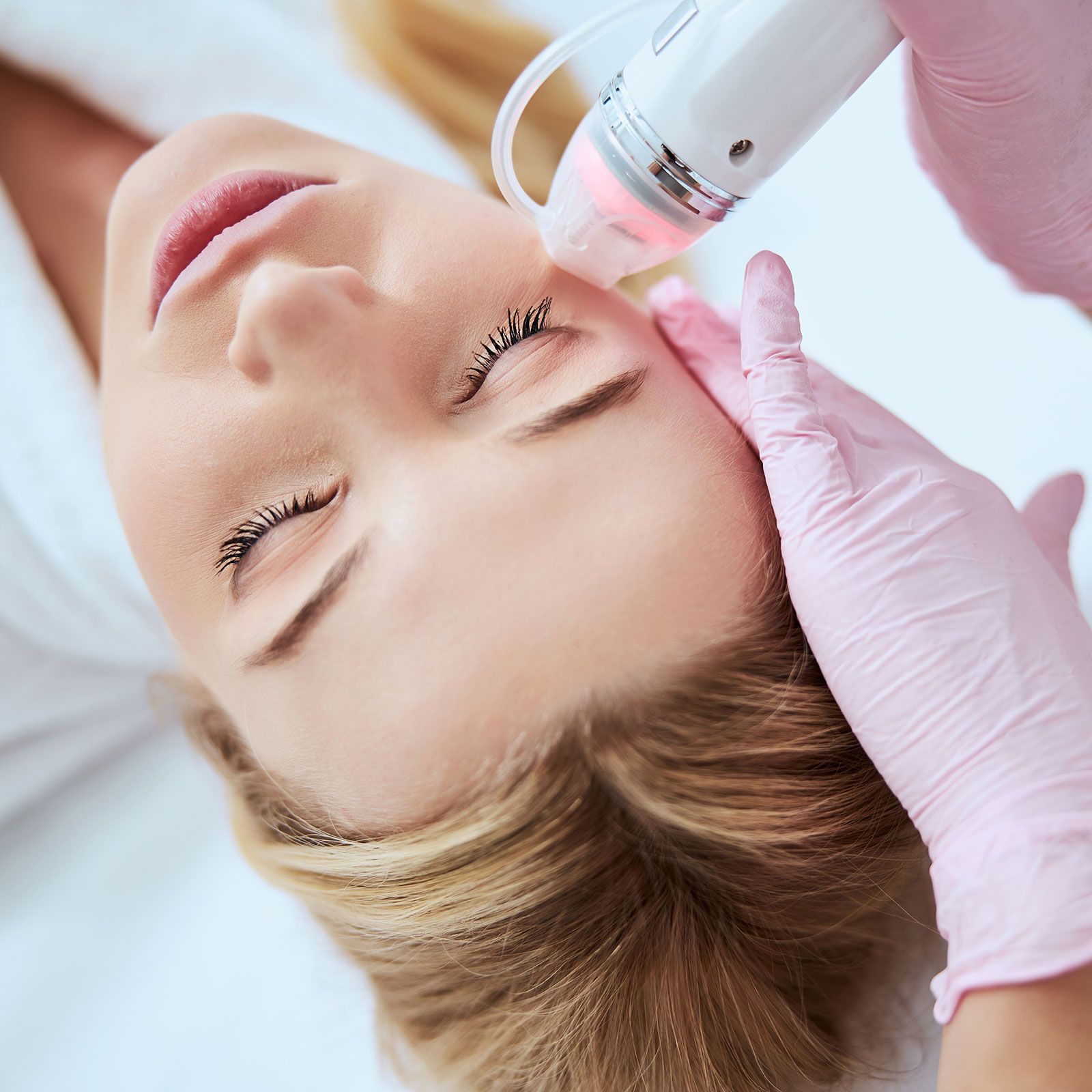

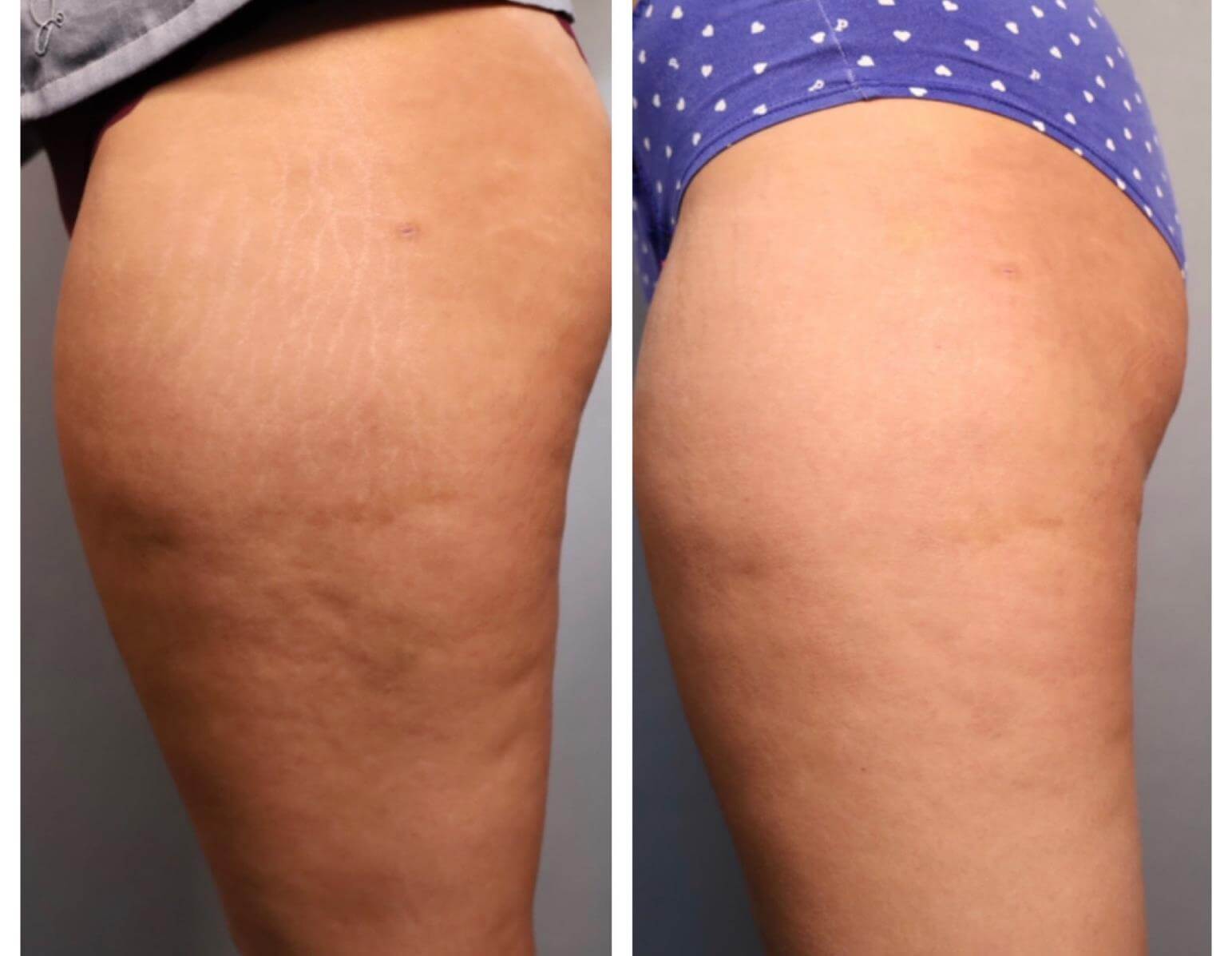
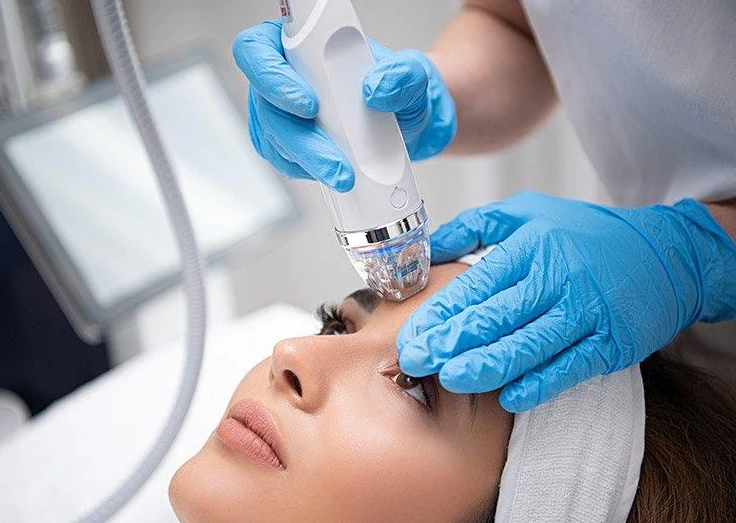
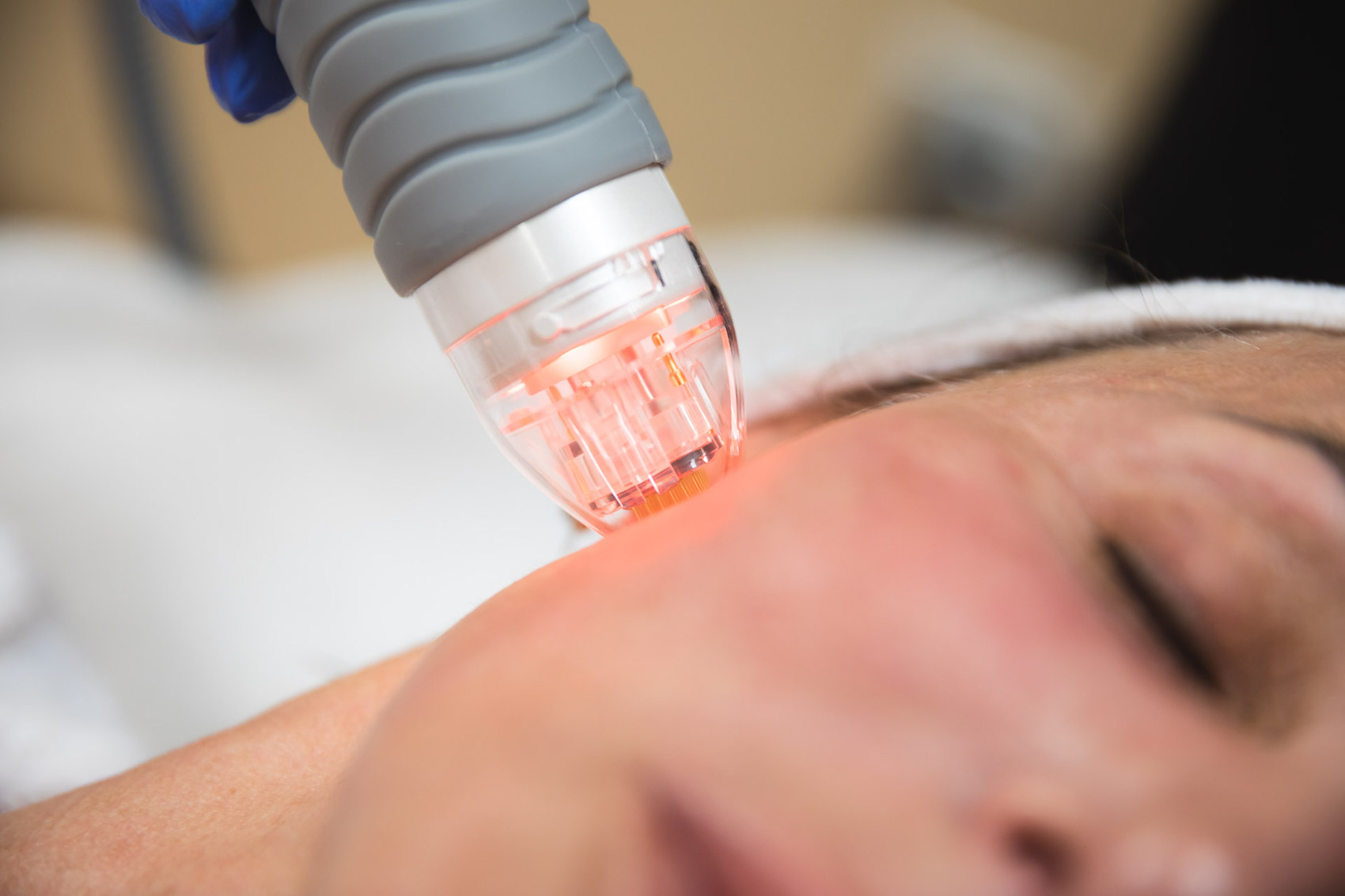
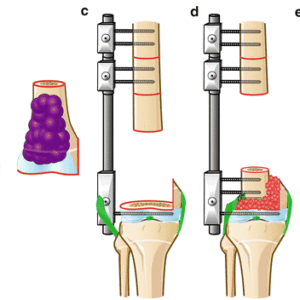
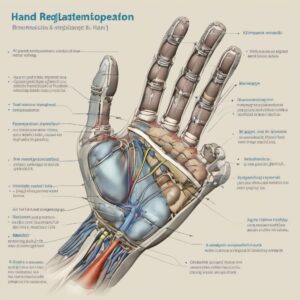


Reviews
There are no reviews yet.